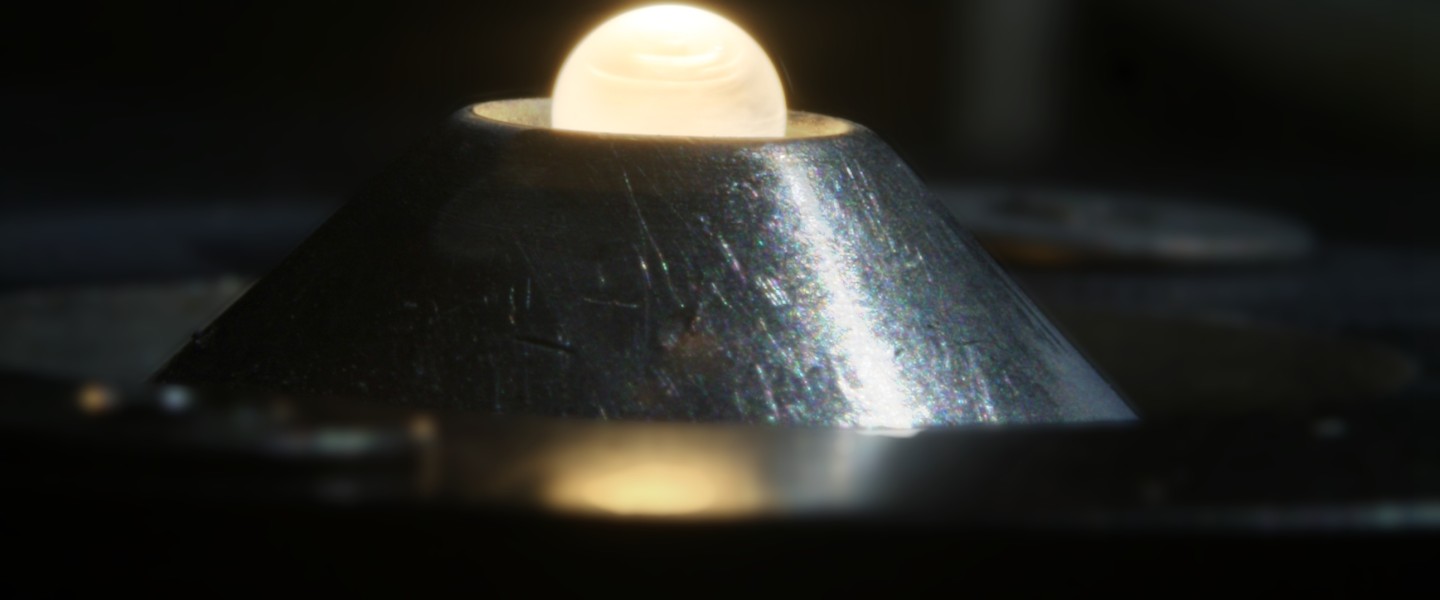Identify the location of atoms in a material and to measure microscopic magnetism at the atomic level
Science & Capabilities
Neutrons are a precious and irreplaceable scientific resource. They follow the quantum mechanical spin of the electrons in solids, penetrate sample chambers to look at materials under extreme conditions, and provide unique information about the building blocks of life. Through ongoing consultation with ORNL staff, users, expert advisory committees, and workshop participants from the broader research community, science priority areas have been identified with research challenges and opportunities that can be best addressed by the unique and vital information provided by neutron scattering.
Neutron Scattering
-
-
See where an object or device experiences residual stress
-
Ideal probe for the surface and interfacial structures in thin films
-
See the size and shape of things too small to be seen with microscopes
-
To measure the motions of atoms and microscopic magnets in materials
Nuclear
-
To determine the irradiation tolerance of materials and better understand how gamma affects materials
-
For a wide range of materials experiments and isotope production
-
For nuclear forensics, an extremely sensitive technique used to determine the existence and quantities of major, minor, and trace elements in a sample.



